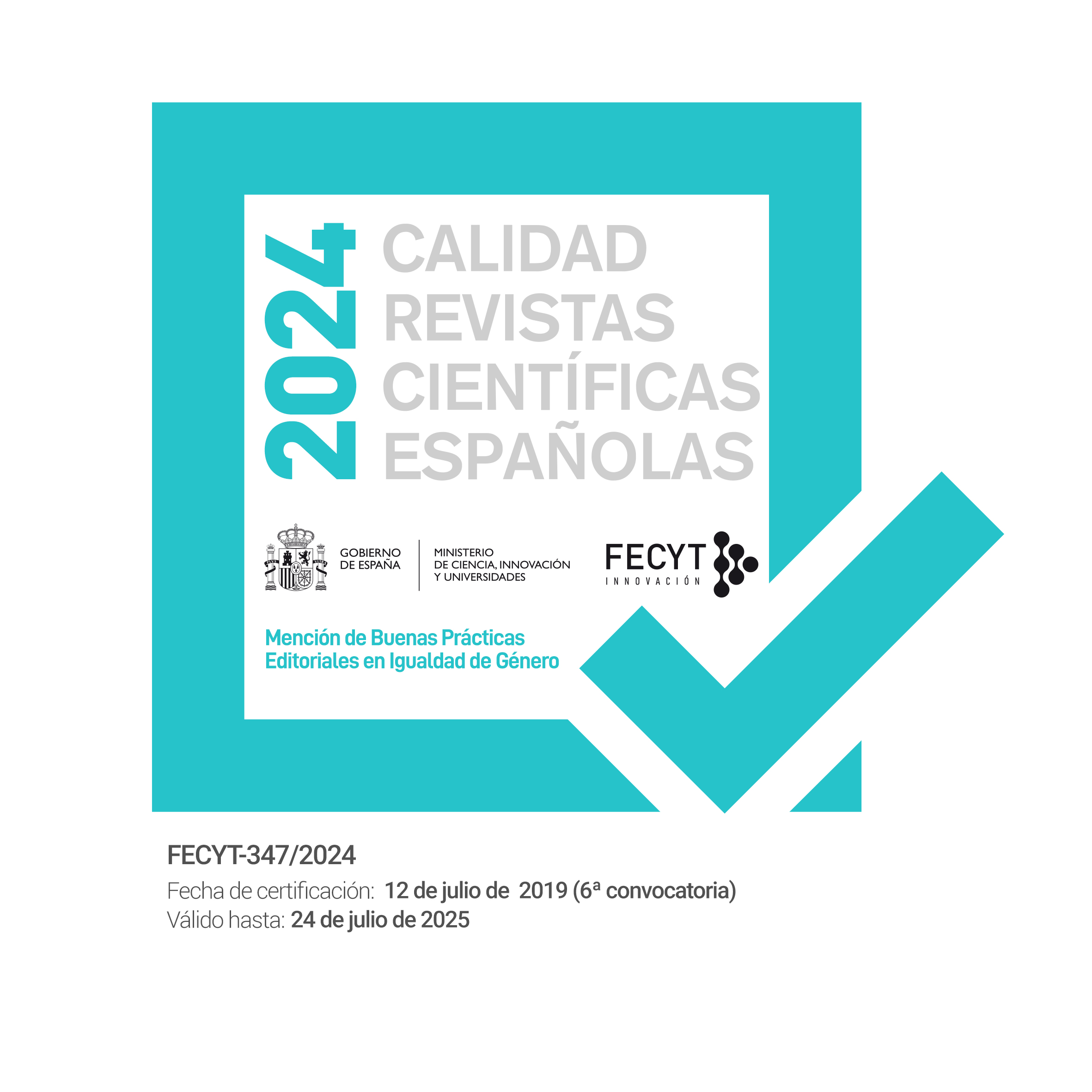I funerali di Carlo III nella cattedrale di Palermo
DOI:
https://doi.org/10.5944/etfvii.13.2000.2366Abstract
Nel 1789 in occasione del funerale di Cario Ili re delle Spagne e dell'Infante di Napoli, D. Gennaro Borbone viene pubblicato a Palermo a cura della Reale Stamperia un interessante volume che illustra le cerimonie svolte in tale occasione nonché il progetto effimero elaborato per la navata principale della cattedrale di Palermo. L'architetto incaricato per il progetto è il sacerdote ingegnere Salvatore Attinelli. Motivo di sorprendente interesse è il fatto che l'Intervento si colloca in un cantiere aperto. Infatti, ventidue anni prima, nel 1767, era stato commissionato dall'arcivescovo Serafino Filangeri un progetto a Ferdinando Fuga per il totale rinnovamento della prestigiosa fabbrica palermitana. Il progetto effimero proposto da Attinelli (che lavora da anni nel cantiere della cattedrale) sembra costituire pretesto per un ultimo tentativo di revisione del progetto in corso di cantiere. Sembra cioè collocarsi sulla scia delle polemiche nei confronti del progetto del Fuga, che aveva ricevuto tante critiche da dover essere sottoposto all'approvazione reale. Lo studio di questo apparato effimero offre dunque uno spunto di riflessione sulle cerimonie funebri che venivano colte come occasione per modificare le scelte architettoniche intraprese.
In 1789 on occasion of the funerais of Carlo III, king of Spain, and of the Infante of Naples, D. Gennaro Borbone, it was published in Palermo by the Royal Printing-house an interesting volume illustrating the ceremonies which have been carried out in this event, as well as the ephemeral project elaborated for the nave of Palermo cathedral. The architect uncharged of the project was Salvatore Attinelli a priest engineer. It's ground of surprising interest the fact that this happened while the building was in construction. As matter of fact, twenty-two years before, in 1767, a project had been ordered to Ferdinando Fuga by the archbishop Serafino Filangeri for a complete renewal of the prestigious building of Palermo. The ephemeral project proposed by Salvatore Attinelli (who had been working at the construction of the cathedral for many years) seems to be a pretext for a last attempi to review a project in progress. So it seems to constitute a polemic towards Fuga's project; this plan had received so many criticai opinions to be exposed for a royal approvai. The study of this ephemeral project offers a starting point of reflection about real meaning of these funeral ceremonies which become occasions to modify the architectonic choices already undertaken.
Downloads
Downloads
Published
How to Cite
Issue
Section
License
Authors who publish in this journal agree to the following terms:
- Authors retain copyright and grant the journal right of the first publication with the work simultaneously licensed under a license Creative Commons Reconocimiento-NoComercial 4.0 Internacional that allows others to share the work with an acknowledgement of the work's authorship and initial publication in this journal.

- Authors are able to enter into separate, additional contractual arrangements for the non-exclusive distribution of the journal's published version of the work (e.g., post it to an institutional repository or publish it in a book), with an acknowledgement of its initial publication in this journal.
- Authors are permitted and encouraged to post their work online (e.g., in institutional repositories or on their website) prior to and during the submission process, as it can lead to productive exchanges, as well as to earlier and greater citation of the published work (See The Effect of Open Access).








